Coming in October there is a launch planned of the new NASA vehicle "Orion". It is capsule based and will launch atop the Delta IV Heavy configuration. The Orion will be orbitted out to 33,000 miles then will deorbit at speeds not seen since the Apollo program. This will test the new parachute systems, heatshield-plasma temps exceed the BOILING point of steel. The test will be unmanned.
Then for the new NASA launch vehicle, SLS (Space Launch System) will launch from pad 39-B, the same location some of the Shuttles launched, using teh same but modifield crawler transports, same but modified MLP(Mobile Launch Platform) that Apollo and Shuttle missions launched from(these huge platforms are lifted by the Crawlers and transport the rocket, supply tower-each MLP weighs about 8,000,000 pounds empty and about 11 million lbs with an unfuel SHuttle aboard.
MLP
Saturn V on the MLP
New SLS rocket
SLS evolving
The new SLS rocket will load the MLP up to its max weight of 18 million pounds because the launch tower along with the rocket must be carried. With Shuttle the launch tower stayed at the pad.
Currently there are 16 of the SSME's(Space Shuttle Main ENgines) in storage.
SSME thrust production at percentage of rated thrust.
100% thrust 380,000 lbf 470,000 lbf 104.5% thrust 390,000 lbf 490,000 lbf 109% thrust 420,000 lbf 510,000 lbf
Normally the engines are run at 104% then throttled down to 65% as the stack breaks the sound barrier(maximum aerodynamic loading or Max Q) then throttled back up to 104%. In an engine shutdown occurs, the remain 2 would then be upped to 109%. And then use 1 of teh following abort modes,\
Return to Launch Site (RTLS) Can only occur after solid boosters jettison after 124 seconds, then the Shuttle and main fuel tank perform a 180° turn (engines still thusting) then shut off engines, drain the tank, jettison tank then glide back to the Shuttle LAnding Facility near the launch pad.
Trans Atlantic Landing(TAL) Shuttle lands in PSain or the other available sites suitable ofr Shuttle landings. NASA send out C5 Galaxy cargo planes to the TAL landing sites before each launch. Just in case.$$$$$$
Abort Once Around (AOA) Shuttle is going too fast for an RTLS or TAL abort, so it lands back in teh USA after 1 orbit which takes about 90 minutes.(The windoiw where teh AOA can be used is only seconds in duration.
Abort To Orbit (ATO) This abort mode was used when there was sufficient thrust avaolable to reach orbit SAFELY albeit slightly lower than planned. This was the ONLY in flight abort which was EVER used. It was during STS 51-F with Challenger. 3 minutes 31 seconds into flight the #2 engine had a primary sensor fail, then 2 minutes 12 seconds later the secondaty backup sensor failed thus shutting down engine #2. And an Abort To Orbit was called. Meanwhile back down in Houston a female Booster Systems Engineer was seeing the remaining engines sensors approaching redline and if those sensors tripped further engine shutdowns would occur thus chaning the ABort to Orbit to different scenario that would put the crew/vehicle into a possible LV/LC(Loss ofVehicle/Loss of Crew) scenario. Quickly the engineer Jenny M. Howard made teh call to "set limits to inhibit" essentially telling the Main ENgine Controller to ignore the redlining sensors and to NOT shutdown the remaining 2 SSSME's from shutting down from those particular sensors. MS. Howards quick thinking saved the mission(which was deemed a success) but more importantly possibly saved the Astronauts lives.
Each SAL launch will use 4 SSME's, and 2 solid rockets boosters, similar to the SHuttle, but longer with a 5th segment vs. 4 segmants for SHuttle The Block 1 rocket will be able to carry 70 metric tons to Low earth Orbit. Since th SSME's AKA RS25D will not be reused, there are enough main engines for 4 flights. These SSME's are worth about $50 million a piece. There will be a new engine RS25E, E for expendable which is almost the same as the SSME/RS25D except the that building an expendable engine allows for much less work, costsing about $20 million a piece. After the existing solid rocket boosters are used up, tehre will be a competition to either use new solid boosters, or possibly liquid fueled boosters. In its Block 1-A and Block 2 the SLS rocket will be able to launch over 130 metric tons into low Earth Orbit. This newer configuration will use 4 RS25E's, 2 new solid/liquid boosters and 5 3rd stage brand new J2X engines which were tested in 2013.
The launch rate for SLS will be around 1 launch every 1.5 years.
Eventually SLS will be taller than the Saturn V that was used for Apollo space launches. SLS will be the most powerful rocket ever launched.
A very preliminary and unofficial schedule based on a worst case budget has outlined some early SLS flights as:
Mission Targeted date Variant Notes SLS-1/EM-1 December 2017 Block I Send Orion/MPCV on unmanned trip around the Moon. SLS-2/EM-2 2021[110] Block I Send the Orion (spacecraft) with four members to an asteroid that had been robotically captured and placed in lunar orbit two years in advance. SLS-3 August 2022 BlockIA SLS-4 August 2023 BlockIA SLS-5 August 2024 BlockIA Mars Sample Return Mission SLS-6 August 2025 BlockIA Manned "Exploration" Mission: Orion BEO picks up Mars sample & returns to Earth SLS-7 August 2026 BlockIA Cargo launch SLS-8 August 2027 BlockIA Manned launch SLS-9 August 2028 Block1A Cargo launch SLS-10 August 2029[ BlockIA Manned launch SLS-11 August 2030 BlockIA New configuration, Cargo launch SLS-12 August 2031 BlockIA Manned mission SLS-13 August 2032 Block II New configuration, Cargo launch
NASA is now usincommercial contracts to replenish the International SPace Station, and it is also providing finding to companies to deliver humans to and from the ISS now that ISS will stay on orbit until at least 2024. Some of the crew commercial flights are to take place in 2017 as well.
Here isDreamchaser which is in teh running for NASA' Commercial crew contracts.
Shuttle on MLP/Crawler
SSME's awaiting testing for the new SLS rocket. Certification of tehse engine for SLS usuage will begin in 2014.
peace
Hog
SSME thrust settings
100% thrust 380,000 lbf 470,000 lbf 104.5% thrust 390,000 lbf 490,000 lbf 109% thrust 420,000 lbf 510,000 lbf




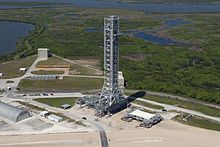
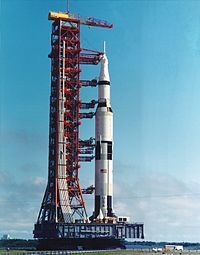
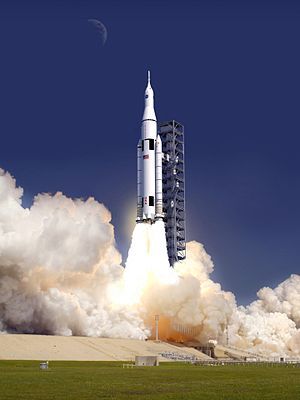

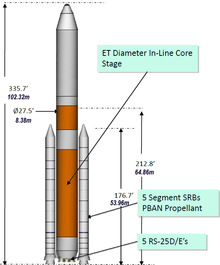
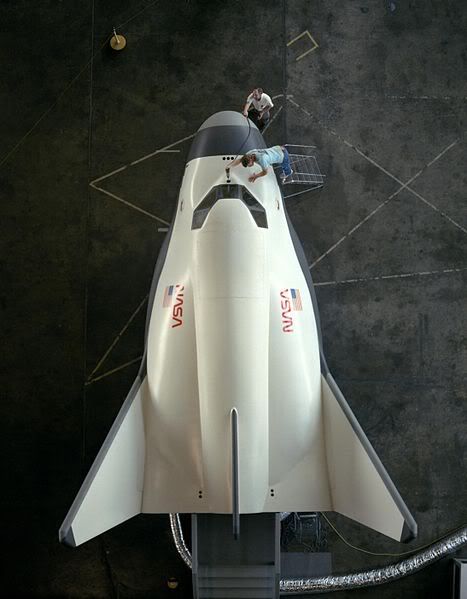
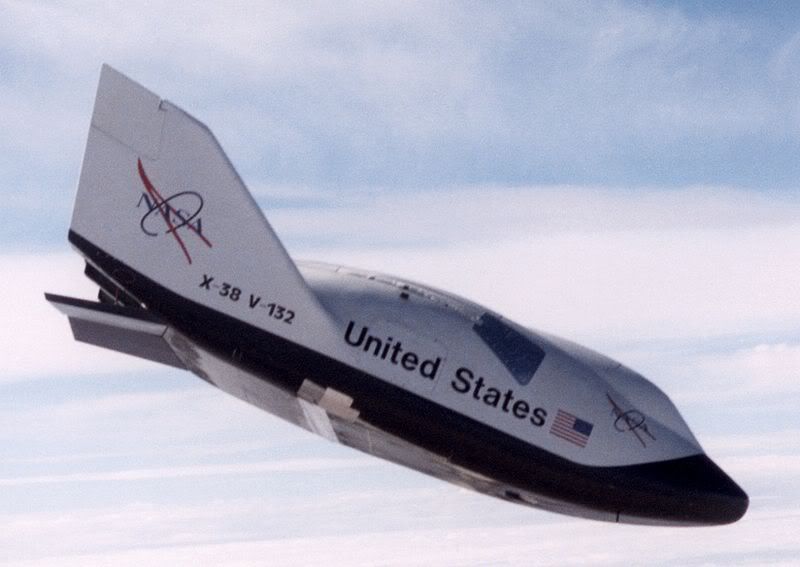
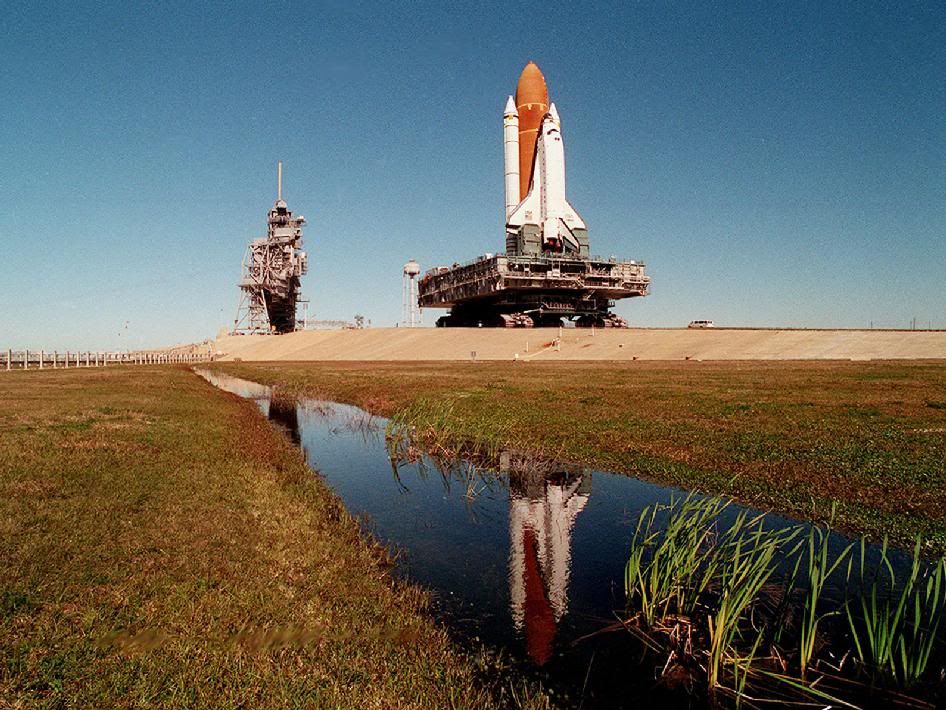


 Reply With Quote
Reply With Quote
Bookmarks